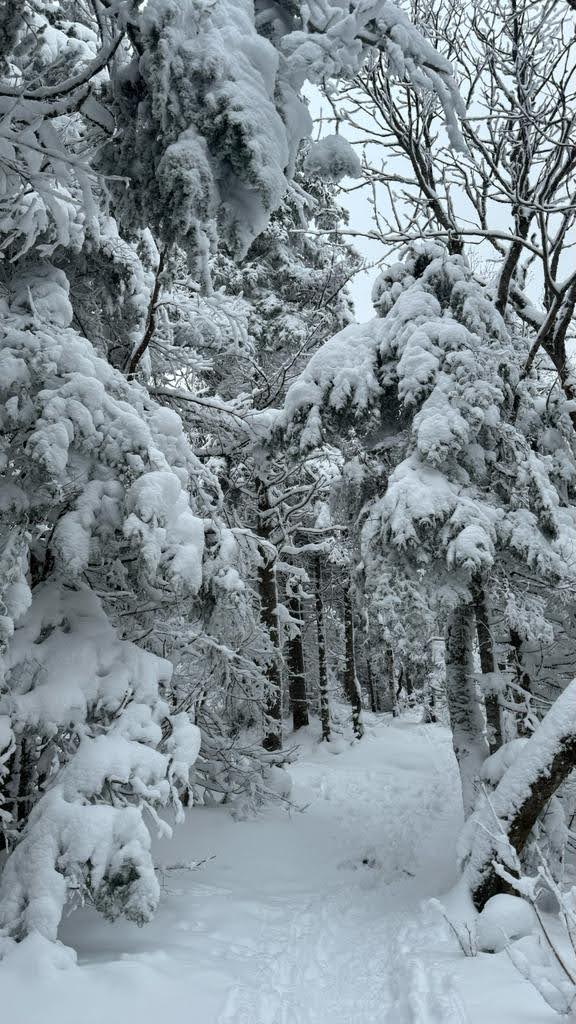Picture by Iyanuoluwa Akinrinola
The resource, “How Does Learning Happen? Ontario’s Pedagogy for the Early Years,” states that Educators should pay heed to the environment to ensure that their beliefs and values about children and learning are represented in the space. It goes on to say that these benefits occur especially within children’s connections to and interactions with the natural world because the growing body of research suggests that connecting to the natural world contributes to children’s well-being in many ways.
The idea of taking education outdoors might seem counterintuitive as winter blankets the world in a glistening layer of snow. However, the benefits of outdoor learning in winter for kids are as vast as the snowy landscapes. Beyond the cozy confines of the classroom, the winter wonderland serves as a rich and dynamic setting for valuable educational experiences.
Winter transforms the outdoors into an expansive classroom, providing a unique and captivating environment for learning. The crisp air, frost-kissed trees, and snow-covered landscapes offer a sensory-rich experience that engages children on a different level. It’s a living, breathing textbook where lessons extend far beyond the pages of a conventional workbook.
In the winter, the great outdoors becomes a playground for physical activity. Engaging in winter sports, building snowmen, or simply stomping through the snow provides an excellent way for kids to stay active and healthy. The invigorating cold air can also boost their immune systems and contribute to overall well-being. Winter also offers a prime opportunity for hands-on scientific exploration. Kids can observe the unique properties of snow and ice, explore changes in the natural environment, and learn about the fascinating adaptations of plants and animals to the cold season. Outdoor winter activities can serve as a gateway to lessons in the sciences: chemistry, physics, biology, and environmental science.
Experiencing and adapting to winter conditions fosters resilience in children. From dressing appropriately for the weather to problem-solving in snow-related challenges, outdoor winter learning instills a sense of adaptability and perseverance. These life skills extend beyond the classroom, preparing kids to face challenges confidently. Similarly, winter’s white canvas sparks creativity in young minds. Whether crafting intricate snow sculptures, composing winter-themed poems, or capturing the season’s beauty through art, outdoor winter learning encourages imaginative expression. The open-air setting inspires fresh perspectives and allows children to connect with their creative instincts.
Outdoor winter activities provide a social arena for kids to collaborate, communicate, and develop interpersonal skills. Building snow forts, organizing winter games, or engaging in collaborative projects foster teamwork and camaraderie. The shared experience of conquering winter challenges creates lasting bonds among peers. Connecting children with nature in winter lays the groundwork for environmental stewardship. Understanding the seasonal cycles, appreciating the delicate balance of ecosystems, and witnessing the impact of human activities on the environment instill a sense of responsibility towards nature.
The winter landscape is not a barrier to learning; it is an expansive canvas waiting to be explored. Outdoor learning in winter for kids is a holistic approach that nurtures physical health, scientific curiosity, resilience, creativity, social skills, and environmental awareness. As educators, let’s embrace the chill and open the doors to a world of educational opportunities extending far beyond the confines of indoor classrooms. Winter is not just a season; it’s a classroom waiting to be discovered.

